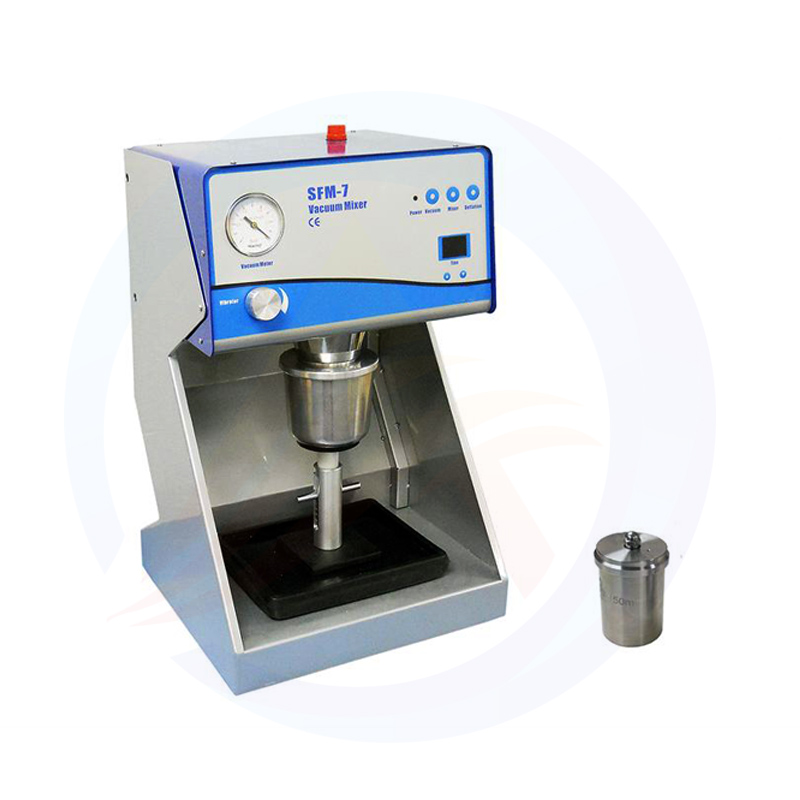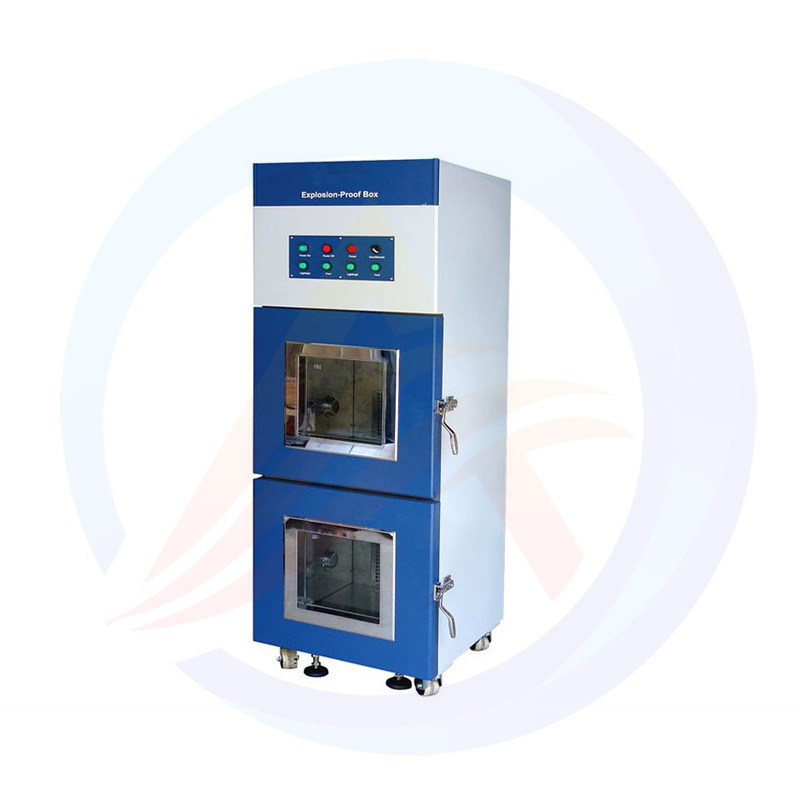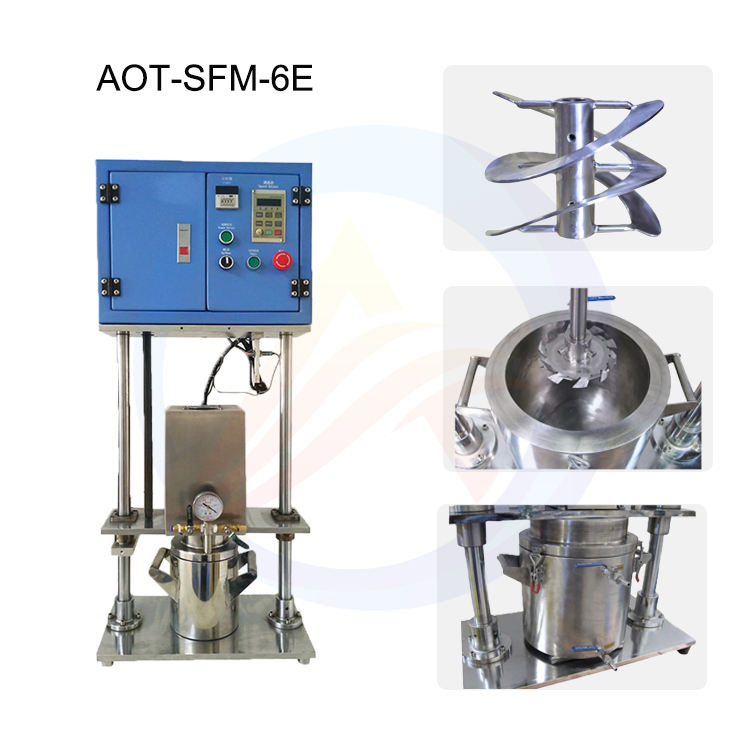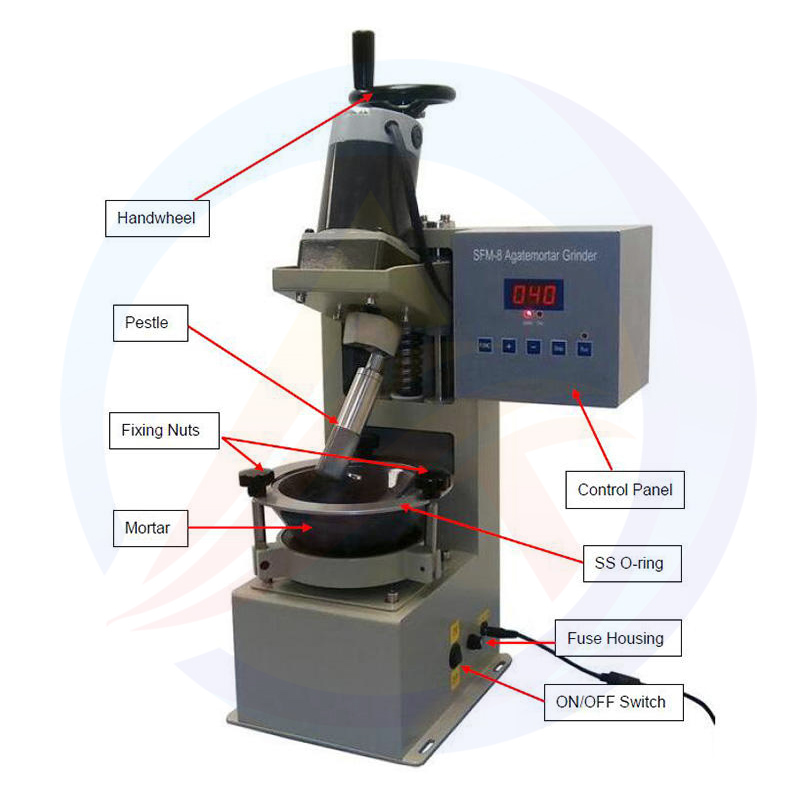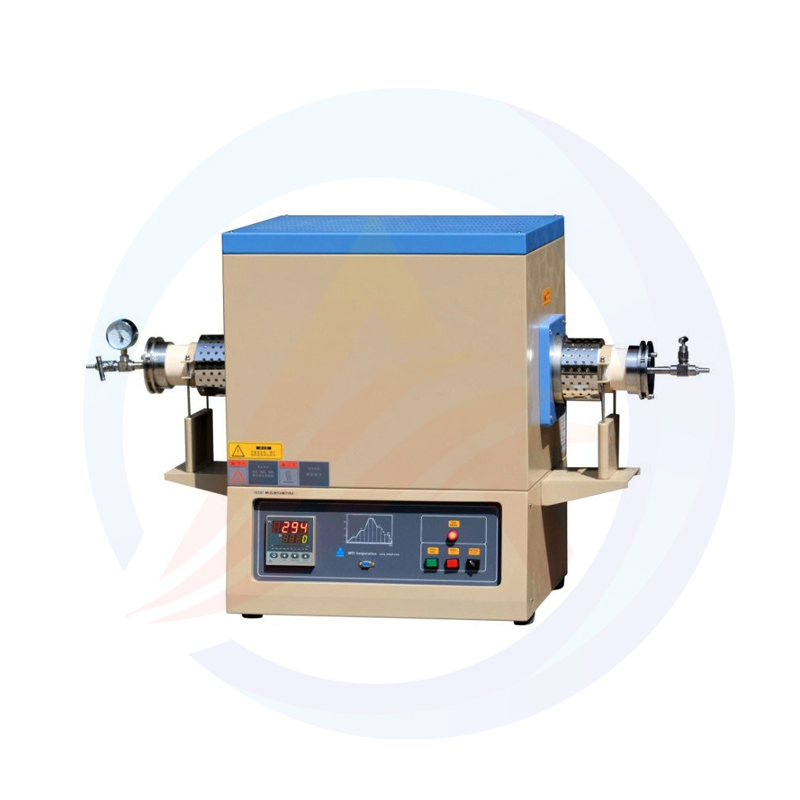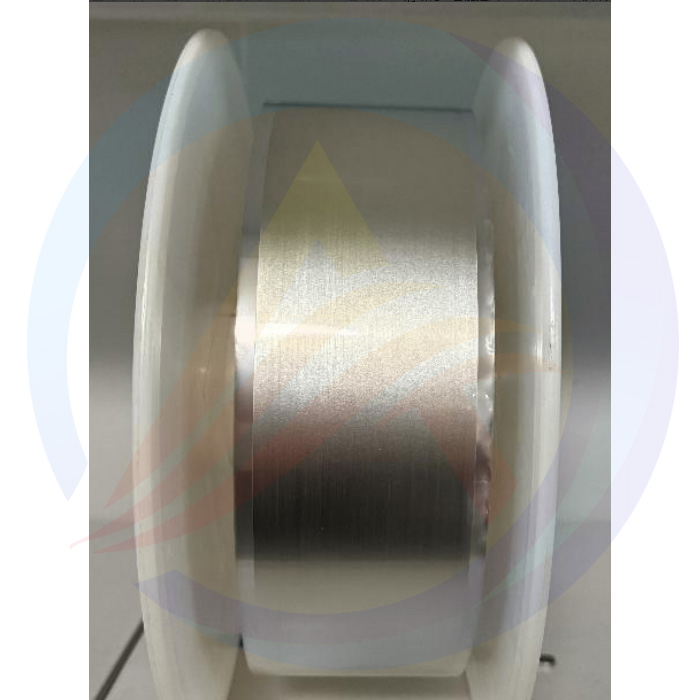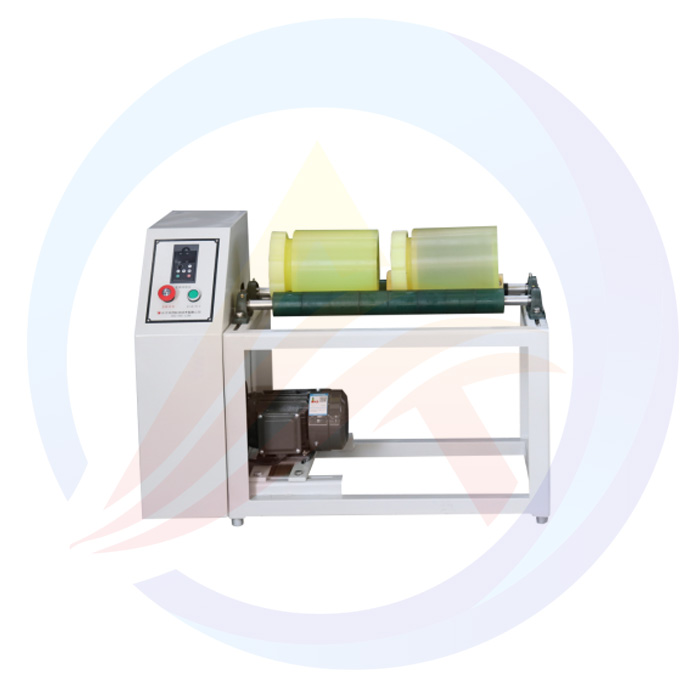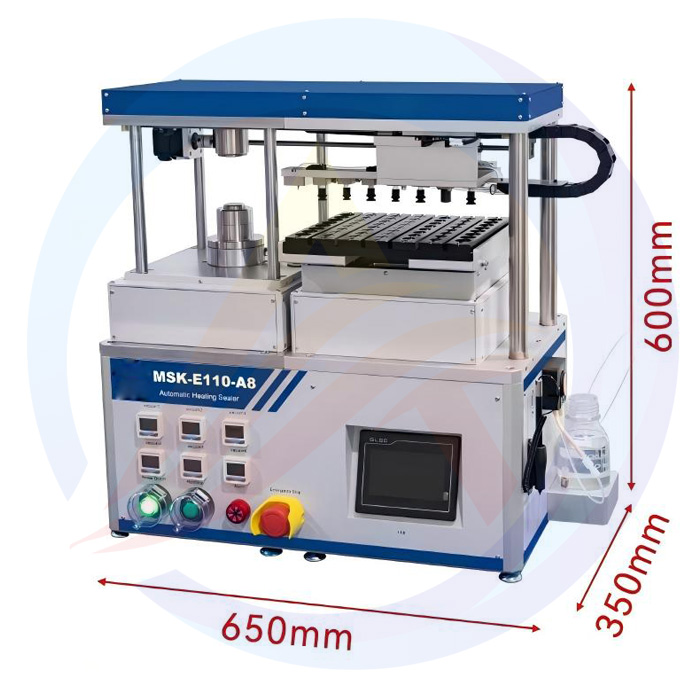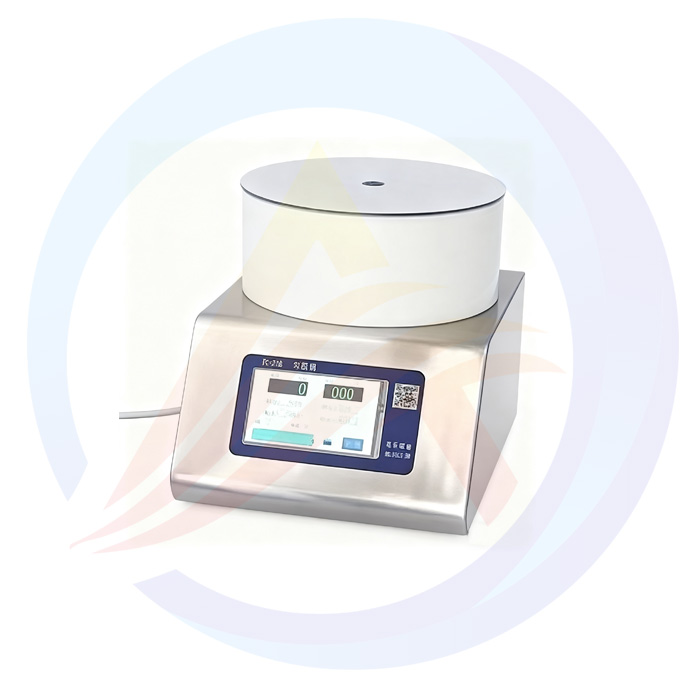What is a glove box used for?
A glove box is an important laboratory equipment that provides a controlled environment for various scientific and industrial applications.
Definition and Alias
A glove box is a device that fills a chamber with high-purity inert gas and continuously circulates and filters out active substances within the chamber. It is also known as a vacuum glove box, inert gas protection box, etc.
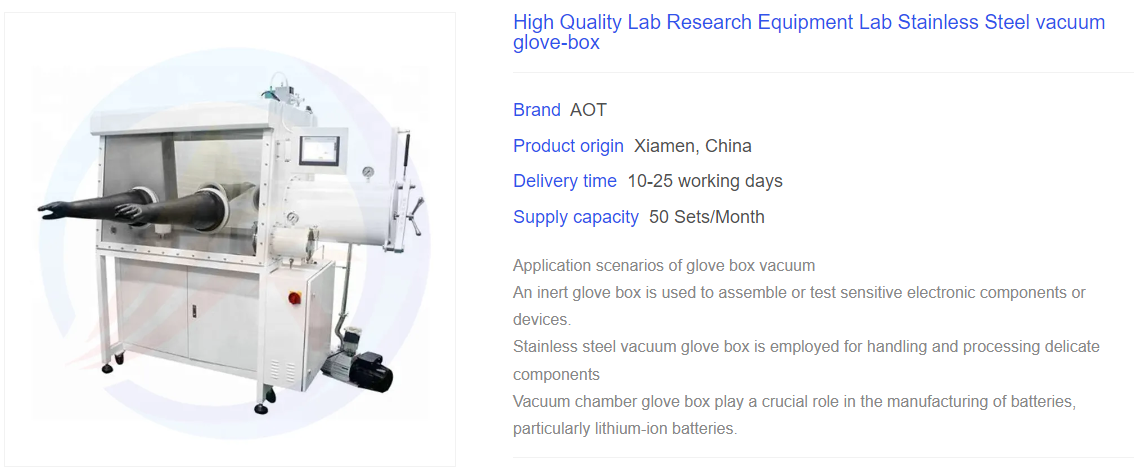
Main Functions
The primary function of a glove box is to remove O2, H2O, and organic gases, thereby creating an ultra-pure environment free of water, oxygen, and dust.
Application Fields
Glove boxes are widely used in multiple fields, including but not limited to:
Scientific Research:
1. Chemistry Labs: Used in organic synthesis, inorganic chemistry, materials chemistry, and other branches of chemistry.
2. Biology Labs: Involved in basic microbiological research to advanced biomedical research. For example, when studying the physiological characteristics of deep-sea microorganisms, which have adapted to the high-pressure, low-temperature, and anaerobic environments of the deep sea, glove boxes are used to simulate their native environments.
3. Materials Science Labs: During the preparation of high-performance electronic materials (such as organic light-emitting diode materials and quantum dot materials), the performance of these materials can be easily affected by impurities in the air. Glove boxes provide a clean, oxygen-free, and water-free environment conducive to producing high-quality materials.
Industrial Production:
1. Electronics Industry: In semiconductor chip manufacturing, the production of chips requires an extremely clean environment. Glove boxes are used for fine operations before chip packaging, such as chip cleaning and photoresist coating, to prevent dust, moisture, and other impurities from affecting chip performance.
2. Pharmaceutical Industry: In the production of sterile drugs, from raw material processing to final product packaging, glove boxes play a crucial role in ensuring drug quality and safety.
3. New Energy Industry: In the production of lithium batteries and fuel cells, glove boxes are used for the preparation of anode and cathode materials, battery assembly, and other processes. For example, in the production of high-performance lithium batteries, glove boxes control the environment for electrode material preparation, improving battery energy density and cycle life.
Medical Field:
1. Hospital pharmacies and formulation rooms: Used for preparing special drug formulations, such as individualized chemotherapy drug preparations. These drugs need to be prepared in a sterile environment, and some drug components are sensitive to air. Glove boxes can meet these requirements.
2. Medical device sterilization and maintenance: In the sterilization and maintenance of high-precision medical devices (such as implantable medical devices), it is necessary to prevent microbial contamination and oxidation and corrosion of device components. Glove boxes can provide a suitable operating environment, extending the service life of medical devices and ensuring their performance and safety.
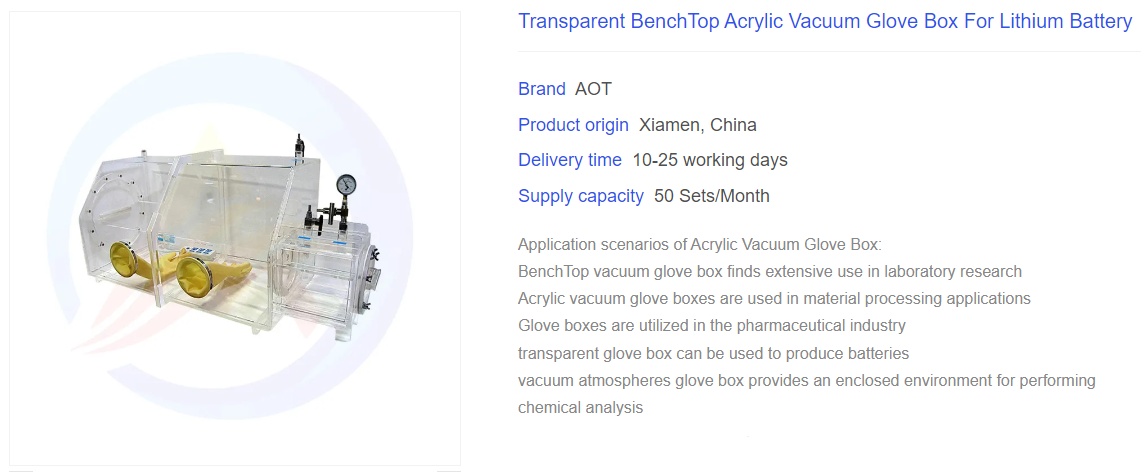
Structure and Composition
A glove box mainly consists of a main chamber and a transition chamber (or filter chamber).
The main chamber has two or more glove operation interfaces distributed on the front or both front and rear sides, allowing one or more operators to work simultaneously, improving efficiency.
Additionally, there are observation windows on the front or both sides of the chamber, enabling operators to clearly observe the operation process inside.
The transition chamber serves as a transitional space between the main chamber and the outside environment, consisting of two sealing doors, two valves, and a chamber body.
The inner and outer doors effectively isolate the main chamber from the outside, allowing items to enter and exit the main chamber without repeated vacuuming and filling, saving time and effort.
Working Principle
The working gas inside the glove box circulates between the chamber and the purification column (oxygen and water adsorber) under the control and monitoring of a PLC (Programmable Logic Controller) through pipes and a circulation fan.
As the working gas circulates through the purification column, its water and oxygen content are adsorbed before returning to the chamber.
Over time, the water and oxygen content inside the chamber gradually decrease, ultimately reaching levels below 1 ppm.
The purification column becomes saturated after a certain period of circulation and can be regenerated for reuse.
Technical Specifications
The basic technical specifications of a glove box typically include:
Water content: less than 1 ppm
Oxygen content: less than 1 ppm
Transition chamber vacuum degree: capable of withstanding a vacuum of ≥100 pa
Airtightness: leakage rate ≤0.05 Vol%/h
Types and Configurations
Types: Glove boxes are classified as industrial or biological. The basic technical specifications of biological glove boxes also include adjustable temperature (room temperature +4 to 42°C), adjustable humidity (35% to 100% RH), and an internal gas atmosphere that meets anaerobic or low-oxygen culturing requirements.
Standard Configurations: Typically include the chamber, frame, tool transition chamber, material transition chamber, shelf, viewing panel, glove holes, gloves, power socket, lighting system, HEPA filter, vacuum gauge, pressure gauge, foot pedal controller, gas purification system, PLC control system, organic gas adsorber, vacuum pump, etc.
Selection and Use
Selection:
Size: The size of the glove box should be determined based on the actual application scenario, equipment requirements, and laboratory space. Common classifications include small portable, medium standard, and large multifunctional types.
Material: The material of the glove box has an important impact on its performance and service life, which should be selected based on the materials that may come into contact with inside the chamber.
Brand and After-sales Service: Choose a well-known brand of glove box, as these brands typically offer better quality, performance, and after-sales service.
Use:
Before using the glove box, check if all connecting parts are loose. If loose, tighten the corresponding screws.
Vacuuming and filling operations should be performed strictly according to the instructions to ensure that the gas environment inside the chamber meets experimental or production requirements.
During operation, closely monitor the operation inside the chamber through the observation window to ensure the smooth progress of the experiment or production.
Maintenance and Servicing
Regularly clean and disinfect the glove box to maintain the cleanliness of its internal environment.
Regularly check the sealing performance of the glove box and replace sealing parts if there are leaks.
Regularly check the purification effect of the gas purification system and replace purification materials if the purification effect declines.
Regularly maintain and service the glove box to extend its service life and maintain stable performance.
In summary, a glove box is a powerful and widely used laboratory equipment. By selecting and using a glove box wisely, a stable and reliable environment free of water, oxygen, and dust can be provided for experiments or production.

